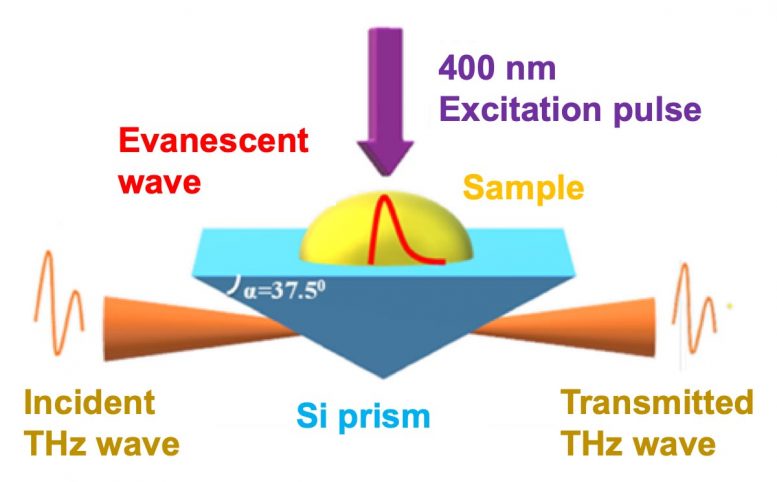
Figure 1. Setup for time-resolved terahertz attenuated total reflection (TR-ATR) spectroscopy. Credit: Osaka University
A team of researchers from Osaka University, in cooperation with the Tokyo Institute of Technology, directly observed charge transfer and intermolecular interactions in artificial photosynthesis that occurs on a picosecond (ps) scale (10-12). With time-resolved attenuated total reflection (TR-ATR) spectroscopy in the terahertz (THz) region, they revealed the process of artificial photosynthesis material [Re(CO)2(bpy) {P(OEt)3}2](PF6) in Triethanolamine (TEOA) solvent as a reductant. Their research results were published in Scientific Reports.
Artificial photosynthesis, or a photocatalytic reaction to produce chemical energy from carbon oxide (CO2) and light, is, as with a solar battery, a promising next-generation clean energy. In particular, the photocatalytic reaction using rhenium (Re) complexes is highly efficient. In order to create efficient photocatalytic molecules, it is necessary to examine how the photocatalytic reaction occurs on a picosecond timescale. However, it was impossible to directly observe various phenomena in the photocatalytic reaction.
The researchers tried to obtain information about changes in the relative positions of molecules and charge transfer by using time-resolved attenuated total reflection (TR-ATR) spectroscopy. Photocatalytic molecules which absorb light facilitate CO2 reduction to CO, bringing it to a higher energy level. They examined how charge transfer from the reductant TEOA to Re occurred in a photocatalytic reaction.
Because the use of THz waves, whose frequency is lower than those of visible light and infrared light, reveals changes in intermolecular vibrations (that is, binding energies between two neighboring molecules) in the THz (low-frequency) region, this allows one to observe how TEOA molecules around the Re complex move and how electron transfer occurs.
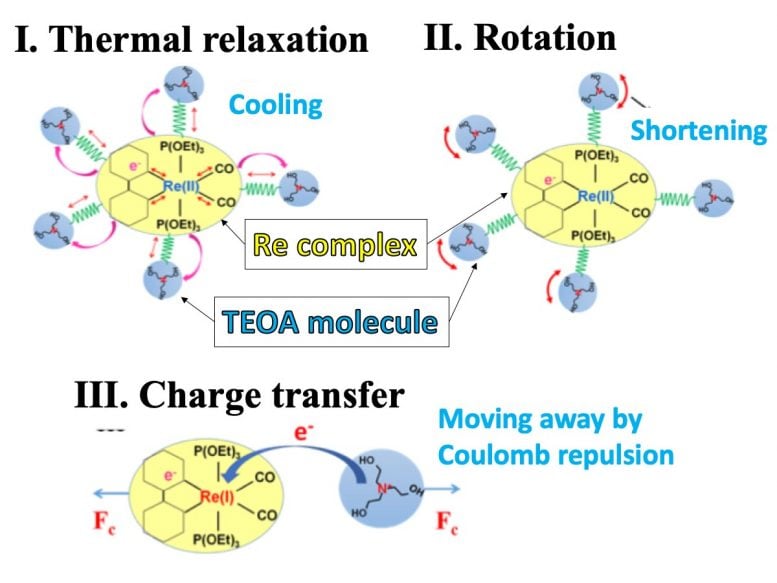
Figure 2. The schematic figures of the temporal evolution from I to III of the interaction between photocatalyst [Re(CO)2(bpy){P(OEt)3}2]+ as a photocatalyst and TEOA molecules as reductants. Credit: Osaka University
However, since most solvents used in photocatalytic studies have a high absorption intensity in the THz region, it is difficult to observe Re in TEOA solvent. Thus, the team combined attenuated total reflection spectroscopy and THz time-domain spectroscopy to carry out TR-ATR in the THz region. (Figure 1)
In addition, in order to conduct the ultrafast time-resolved measurements, they combined pump-probe spectroscopy with TR-ATR, observing how TEOA molecules moved and how electron transfer occurred on a picosecond-scale timescale during a photocatalytic reaction, a world first. In pump-probe spectroscopy, a pump pulse with the wavelength of 400 nm excited a sample and then a probe pulse (THz pulse) was used for probing the sample after an adjustable delay time. As a result, they were able to reveal the intermolecular vibrational mode with a three-step relaxation process on a picosecond timescale after photo-excitation:
- Until 9 ps, the temperature of the Re complex sharply increased due to light absorption, inducing heat transfer from Re ions to TEOA molecules, and the excited state was cooled down. (Figure 2 (I))
- From 10 to 14 ps, the distance between TEOA molecules and Re ions was reduced by the rotation of TEOA molecules. (Figure 2 (II))
- After 14 ps, charge transfer from the TEOA to Re occurred. The distance between these positively charged molecules grew by the repulsive Coulomb force, separating them. (Figure 2 (III))
Professor Kimura from Osaka University says, “The use of THz light allows us to observe the role of the reductant in photocatalytic reaction. TR-ATR spectroscopy in the THz region will help to develop highly efficient photocatalytic reactions. The observation of the relative motion between two molecules and charge dynamics by spectroscopy will assist research on various reaction processes in the fields of biology and chemistry.”
Reference: “Relaxation dynamics of [Re(CO)2(bpy){P(OEt)3}2](PF6) in TEOA solvent measured by time-resolved attenuated total reflection terahertz spectroscopy” by Phuong Ngoc Nguyen, Hiroshi Watanabe, Yusuke Tamaki, Osamu Ishitani and Shin-ichi Kimura, 13 August 2019, Scientific Reports.
DOI: 10.1038/s41598-019-48191-4

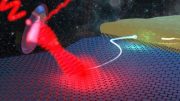
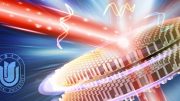

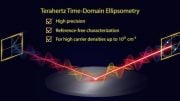
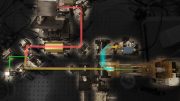

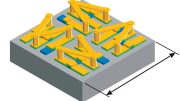

Be the first to comment on "Hidden Processes in Ultrafast Artificial Photosynthesis Revealed by Terahertz Waves"